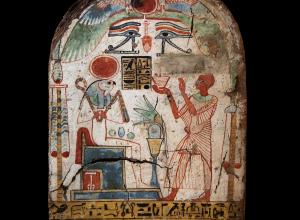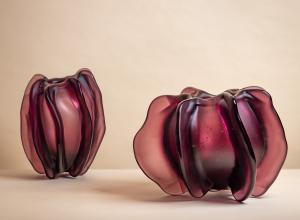Born in the late nineteenth century, Modernism sought to challenge conventional institutions of its time. The late nineteenth century saw a shifting European political structure, with the birth of nation-states rising from the ashes of empires. This period was also significant in academic achievements and rapid industrialization.
Latest Art News
"Puberty" is chockfull of intelligent art-historical references, handwritten personal divulgences, casually surreal still lifes, and nude self-portraiture. Every aspect of the publication contributes to the work’s larger goal: To document the artist’s experience of HRT as a non-binary transgender person.
The fedora stays on, the jacket, too, even in the dog days of summer as Bell mills about his new show, Larry Bell & John Chamberlain. His contribution includes a corner of the south gallery occupied by his trademark glass cubes as well as vapor drawings made from cutouts and the same microparticles he applies to the cubes.
Originally, the mask was adorned by members of all socioeconomic classes to conceal identity. This was necessary since most legal and moral boundaries were blurred during this period, and so were the Venetian Republic’s rules regarding upper and lower social classes intermingling. Originating in the fourteenth century, the Venetian mask was originally intended to serve as a method of inclusiveness.
Ursula von Rydingsvard’s monumental works found an ideal temporary home in the galleries at Denver Botanic Gardens.
We all need water. No matter where, no matter when, human life cannot survive without it. This has been made acutely and painfully apparent across large swaths of the globe this summer as human-driven climate change has fueled water shortages with detrimental effects to both the environment and human life.
Many countries decided to impose very strict regulations on the press in order to limit, or completely prevent, the circulation of negative accounts. Lord Kitchener, the British Secretary of War, made sure that the control on correspondents was so watertight that the photojournalist Jimmy Hare reported that “to so much as make a snapshot without official permission in writing means arrest.”
Medusa, like many other classic Greek myths, has become a cultural icon. She was one of the three Gorgons, meaning creatures who resembled human females save for their heads, from which snakes sprouted instead of hair. The eyes of Gorgons could also turn humans to stone.
Daniel Sprick, an acclaimed master of realism, is arguably the most widely respected artist working in Denver today. Sprick’s representational oil paintings are so impressive that when the Denver Art Museum (DAM) opened its Hamilton Building in 2006, the museum devoted a gallery to Sprick and his artistic process. The DAM left the homage to Sprick still-life installation up for 10 years and gave Sprick a show of portraits, too. In Denver, Gallery 1261 represents the prominent painter and is unveiling a new Sprick landscape, Sanderson Gulch, in the Denver Art Showcase.
Gordon Parks’s Rare Photos of Pittsburgh’s WWII-era Industry


![DEl Kathryn Barton [Australian b. 1972] the more than human love , 2025 Acrylic on French linen 78 3/4 x 137 3/4 inches 200 x 350 cm Framed dimensions: 79 7/8 x 139 inches 203 x 353 cm](/sites/default/files/styles/category_card_187x139/public/ab15211bartonthe-more-human-lovelg.jpg?itok=LJbNuU6F)

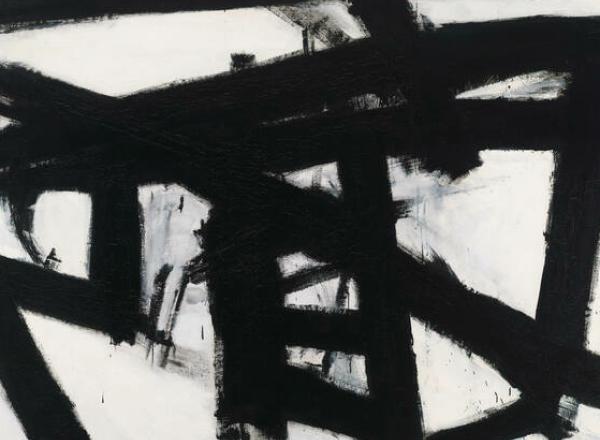


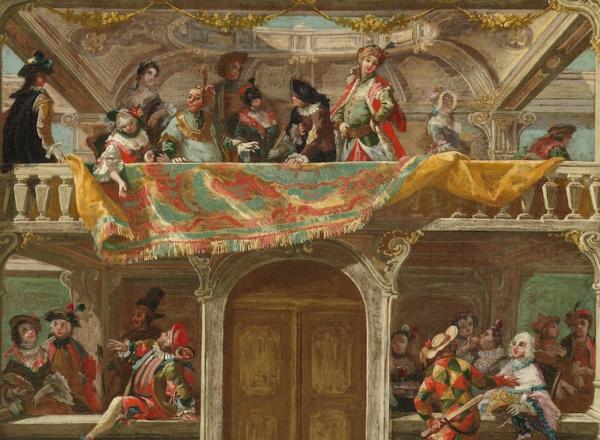
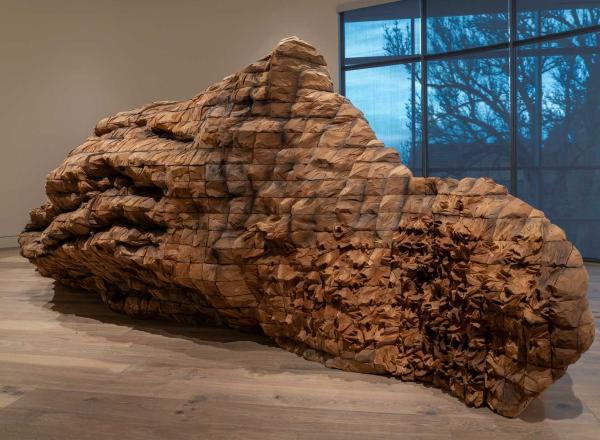
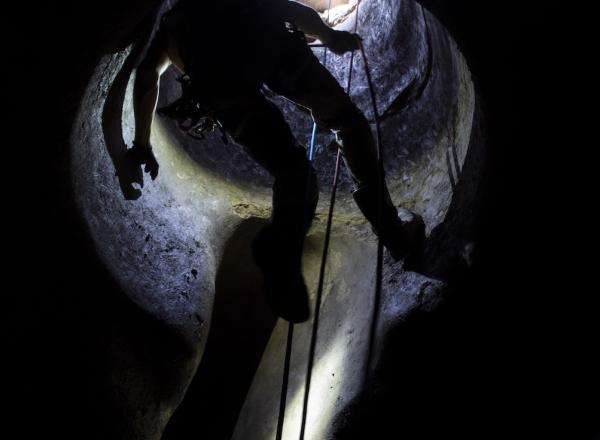
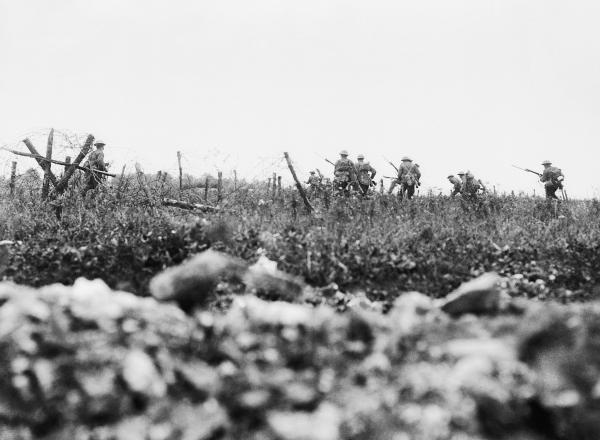
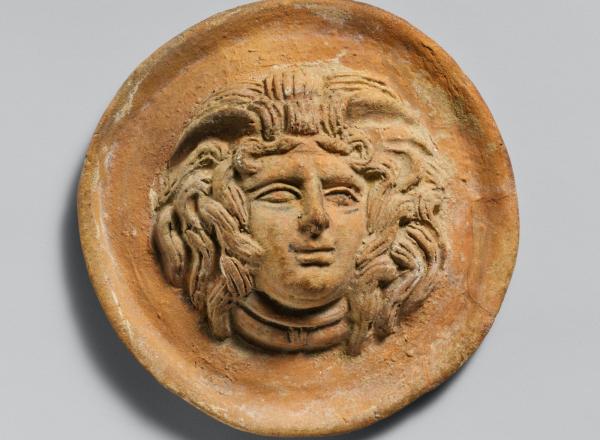
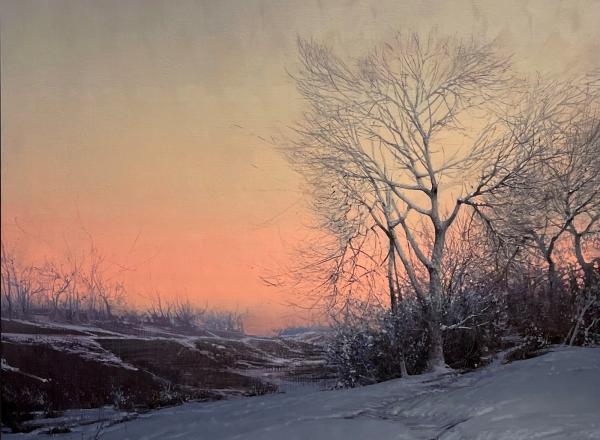
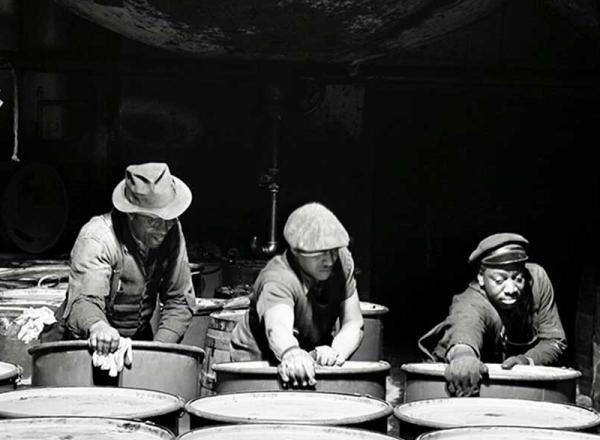

![DEl Kathryn Barton [Australian b. 1972] the more than human love , 2025 Acrylic on French linen 78 3/4 x 137 3/4 inches 200 x 350 cm Framed dimensions: 79 7/8 x 139 inches 203 x 353 cm](/sites/default/files/styles/image_5_column/public/ab15211bartonthe-more-human-lovelg.jpg?itok=wW_Qrve3)











![Ginevra de’ Benci [obverse]. 1474/1478. Leonardo da Vinci. Oil on Panel. Ailsa Mellon Brue Fund, National Gallery of Art.](/sites/default/files/styles/image_5_column/public/ginevradebenciobverse196761a.jpg?itok=hIzdUTaK)

